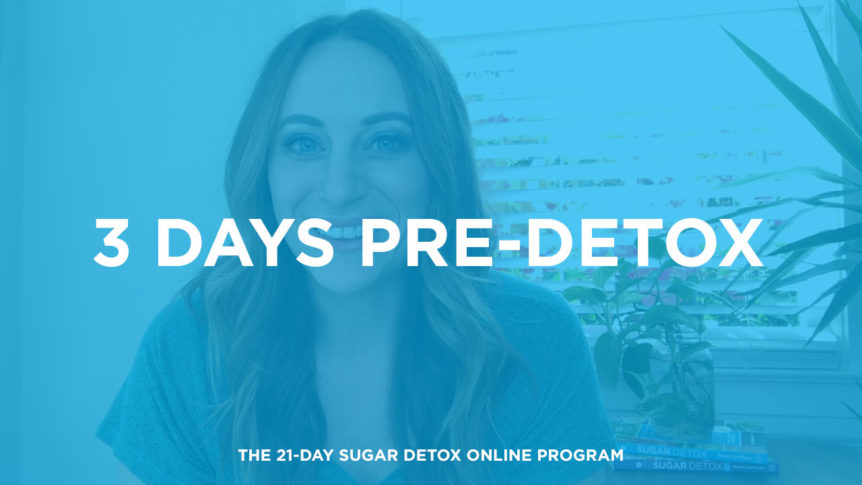What to Expect:
“Let the prepping begin!”
Now that you are just a few days out, it's a good idea to start prepping some of the recipe basics you'll be using the first week, such as the ketchup. This will keep you from feeling overwhelmed as day 1 approaches.
Today's Lesson:
Carbs and your body, part 1
Carbohydrate is a macronutrient, along with protein and fat. Anything you eat that is not a protein or fat is a carbohydrate—from bread, pasta, rice, and candy to broccoli, butternut squash, berries, and basil. (Yes, there’s a bit of protein and fat in those foods, but their major macronutrient is carbohydrate.)
When you eat carbohydrates, your body breaks them down into a usable form of energy called glucose. You can’t keep more than four grams of glucose in your bloodstream at any given time; it needs to be either used or stored. That’s where insulin comes in. Insulin is a hormone released by your pancreas when you eat carbohydrates. Its job is to tell your cells to let nutrients (including glucose) in.
Your brain and your red blood cells get first dibs on glucose, so before anything else happens, your liver, which is the master regulator of blood glucose levels, runs a check to make sure that your brain and red blood cells get what they need. Then your body can move on to using or storing the remaining glucose, moving it from your bloodstream into your body’s “storage bins”: your liver and your muscles. Glucose that is put into those storage bins is called glycogen.
As you eat more and more carbohydrates, your body responds with more and more insulin to help store that glucose for later use. There’s a catch, though: your liver and muscles have limited storage space for carbohydrates (the exact amount varies from person to person). What happens to the carbohydrates that don’t fit? They become … fat.
Stay tuned tomorrow for part 2 of carbs and your body!
The Dish from Diane:
As you move through this program, remember that carbs are not the enemy! While I talk a lot about how you may feel as a result of overdoing it with “bad carbs”—processed, refined foods without many nutrients—relative to your activity level and individual metabolism, this program isn’t a war on carbs. Eating real, whole, nutrient-dense forms of carbohydrates, like sweet potatoes, isn’t what has made us fatter and sicker over the years. And it certainly isn’t what drives us to crave sugar and carbs every day! “Good carbs” like these have their place and aren’t to be feared or avoided. Don’t forget to use the guide to building your 21DSD plate to determine your starting plate and how to adjust it based on how you feel day-to-day.
Today's Checklist:
- Log your food and, using the 21DSD Simple Swaps Guide*, begin thinking of 21DSD approved food swaps that you might enjoy in place of some of what you ate.
For even more support, visit the Online Facebook Community!

